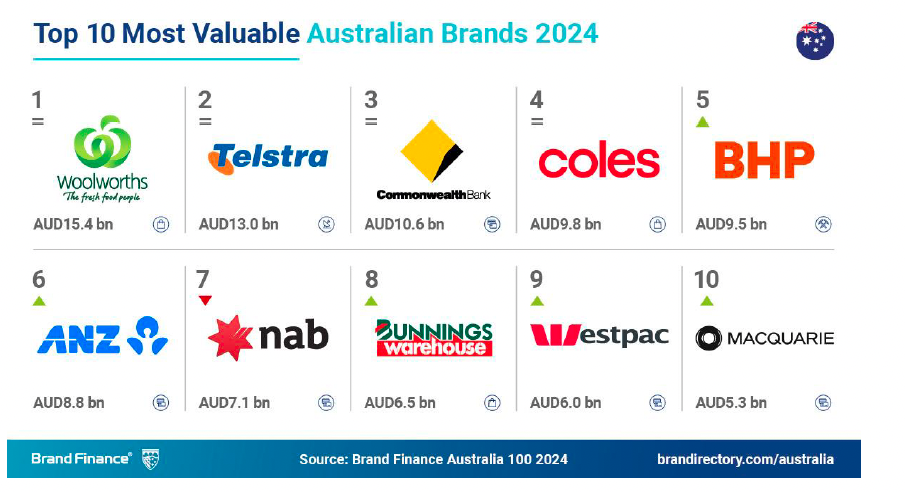Spotlight on Hamish Wyatt: 4 Business Strategy and Creative Tips for Marketers

Hamish Wyatt, CPM, Owner and Founder of Wyatt Media, shares 4 Business Strategy and Creative Tips for Creative Marketers.
Tip #1
Finding the perfect balance of marketing, design, sales and technology skills in your content and user experience.
Most new websites are an opportunity for a business to get clarity around who it is, what it actually does, who it’s for and why that even matters. Answering those questions makes it a lot easier to give users a web experience that’s clear and persuasive.
After that, it’s important to be 100% clear on what the website is meant to achieve for the business, and how that ties in with the broader business strategy.
Different objectives require a different approach and balance of marketing, design, sales and tech elements. Sometimes, a modern ‘Proof of Life’ website is all that’s needed. Other times, a business may need a really clear sales funnel from search to enquiry to sales call, with lots of landing pages, calls to action and email auto-responders. I generally do a first cut of the content, then a first round of design with that content, and from there I’ll adjust it in the browser until it feels like the balance is right.
Tip #2
How time-poor marketers or small business owners can create communications across channels that convert.
- Know your audience well, and know what they think about you already. Talk to them one-on-one like they are across the table from you for coffee. You will always alienate someone when you communicate, but if you research your audience properly (even if it’s just by assessing past sales and looking for trends), you should be able to get through to the right people.
- Know what you want the audience to think and do after coming across your communications. Are you building brand awareness, or aiming to spur readers/viewers into immediate action? Both require a different approach. Keep it simple. The more complex your offer, the harder you are making your target work (which is a barrier to action).
- Meet them where they are, not where it’s most convenient for you to meet them. For example, use social media like any other part of the marketing communications mix – that is, when it makes sense to one of your defined audiences. You don’t HAVE to use it just because it’s free.
- Less is more. For most small businesses, 1 or 2 really well thought out initiatives will be more effective than 4 or more half-baked ones pulled together in a hurry.
Tip #3
Myth-busting SEO: You don’t need to be a tech wizard to get the basics right
At its simplest, Search Engine Optimisation (SEO) is a mix of content, connections and technology.
While it can take a lot of work to rank on the first page, there are some basics you can consider to increase your rankings.
At the website level, it’s about making sure it works well on mobile, loads quickly and doesn’t have any major coding abnormalities. Other sites that link to you affect your ‘trustworthiness’ in Google’s eyes, so keep an eye on your backlinks. If you register for Google My Business (free), you can make sure your location, contact details and reviews can be seen when people search your business name (and even location searches like ‘Physio Greenslopes’).
At the page level, SEO is about matching the words you use and the concepts you cover with phrases (known as Keywords) people are searching with. This includes the images and videos you include on the page. You can use tools like SEMrush or Moz to find keywords people are using that relate to you and your site and prioritise based on how many monthly searches are made using those keywords.
Doing the SEO basics should be part of every project and not an optional extra or nice to have. But it shouldn’t override the objectives of the website. Like most things in marketing (and business), it’s a balance.
Tip #4
How being a Certified Pracitising Marketer has helped Hamish build his business as a professional analyst, strategist and communicator.
First and foremost, it’s a trust thing.
Having an industry accreditation is a fantastic way of showing you’ve done the work and you know what you’re talking about. There’s an education benefit, too, where you can take advantage of the resources and access to mentors that AMI gives you.

Hamish Wyatt, CPM
Owner, Wyatt Media
BBus(Advtg), BCI (Media&Comn), CPM
Twitter @hamishwyatt






